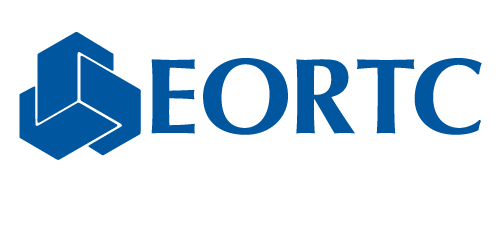EORTC Imaging Initiative
11 Mar 2009
The EORTC is currently addressing methodologies to optimally adapt cancer clinical research to embrace advances in molecular biology, and it has recently initiated the development of a clinical trial imaging platform.
The idea behind the EORTC Imaging Platform is to develop new methodologies and cancer clinical trial designs and ultimately redefine standards for high level clinical trials in cancer. More specifically, the Imaging Platform aims to:
- Support clinical trials using imaging technologies such as nuclear medicine radiology (PET) or other technologies (CT/MRI) that are used for radiotherapy treatment strategy, radiotherapy target definition, staging, evaluation of response, prediction of response, or pathology;
-
Improve clinical trials quality and optimize anti-cancer agent activity detection signals in order to deliver the appropriate treatments to patients who are most likely to benefit, i.e., accelerate patients’ access to more effective therapy, more efficaciously allocate scarce research resources, and obviate testing with obsolete techniques;
-
Identify and solve the legal and regulatory problems that might arise with the use of advanced imaging in the international clinical trials arena (double IND problem, etc.);
-
Ensure productive collaboration with industry so that the imaging platform defines relevant and realistic standards that can and would be implemented by industry;
-
Create or harmonise training in imaging for clinical research
Current achievements and future directions
The EORTC, in the process of implementing a quality assurance in radiotherapy (QART) platform, is acquiring VODCA (Visualisation and Organisation of Data for Cancer Analysis), a software specifically developed for the administration, organisation and analysis of multicentre clinical trials in radiotherapy. VODCA can facilitate QART by enabling treatment data from multiple centres to be collected and analysed within a single platform. It provides a database for the organisation, storage and analysis of patient, clinical, and therapeutic data within a particular study and allows the performance of centralized, sophisticated and customized programmes for quality assurance in radiotherapy to be operated completely electronically. It is expected that this major advance in data management will ensure QART for all EORTC trials, and the active implementation of on-line QART procedures will establish the EORTC as a pioneer in this field.
Another aspect of the imaging initiative is to develop a platform for molecular and functional imaging. Active consultations are in progress with various academic, technical, and industrial partners to build an appropriate imaging infrastructure. In particular, the EORTC is in the process of assembling a working consortium in preparation for the IMI call but is also exploring other European avenues for the development of this initiative.
More information about these initiatives will be reported in future issues of the EORTC Newsletter.
Related News
EORTC publishes its 2024 Annual Report: Driving progress in cancer treatment, together
4 Jun 2025
EORTC in the spotlight at ASCO 2025
4 Jun 2025
EORTC’s presence at ASCO 2025
28 May 2025
Celebrating Clinical Trials Day 2025 with EORTC’s Young and Early Career Investigators
20 May 2025
New commentary urges a rethink of quality of life metrics in cancer care economics in the context of EU HTA reform
19 May 2025
EORTC Quality of Life Conference 2025 wraps with strong call for patient-centred innovation in oncology
14 May 2025
Defining the role of pragmatic clinical trials in clinical cancer research: outcomes of a collaborative workshop hosted by the European Organisation for Research and Treatment of Cancer (EORTC)
5 May 2025
Important new results from EORTC presented at ESTRO Congress 2025
2 May 2025
EORTC Quality of Life Group unveils flexible, future-focused strategy for patient-reported outcome assessment in cancer care
22 Apr 2025
EMA-EORTC workshop underscores critical role of patient-reported outcomes and quality of life data in regulatory decision-making
15 Apr 2025

